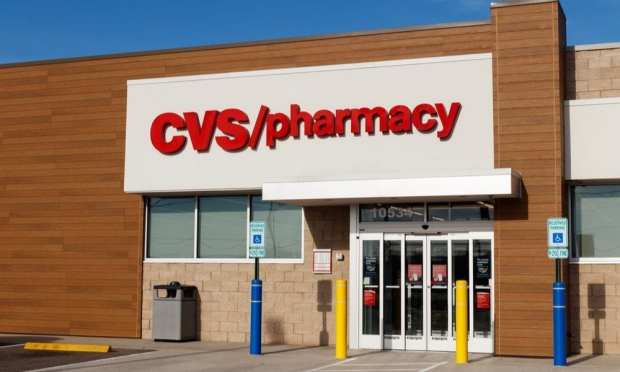CVS Health Unveils Atlanta HealthHUBs; Target’s Digital Sales Rise Despite Slow Growth

Retailers are aiming to help consumers manage chronic diseases as well as their overall health and wellness through new brick-and-mortar experiences. CVS Health, for instance, debuted its HealthHUB store design in 16 CVS Pharmacy locations to serve the Greater Atlanta area with a format that offers a wider array of health care services, more products and services focused on health as well as wellness, and advice in addition to personalized care per an announcement.
“We are delivering real change to the health care system,” CVS Health Chief Transformation Officer Alan Lotvin, M.D. said. “Through HealthHUBs, consumers are at the center of an unmatched retail health experience. The HealthHUB products and services are designed specifically with the consumer’s health needs, challenges, and goals in mind, so that they can easily receive coordinated, personalized care in a familiar, neighborhood location.”
The company says the concept features a broader selection of health and wellness items. Shoppers can choose from “hundreds of products” like health devices that sync to mobile phones and aromatherapy, among other offerings. The stores also feature a learning table for customers to explore health and wellness apps as well as shop its expanded CVS.com assortment. They also include wellness rooms for group events like health screenings; benefits education; and nutritional and lifestyle coaching.
CVS Health started to test out HealthHUB locations last year in Houston to “overwhelming customer satisfaction” per the announcement. The stores are part of the retailer’s strategy to have up to 1,500 locations operating throughout the country by the conclusion of next year. According to previous reports, Boston, Dallas-Fort Worth, North Carolina, and Ohio are among the next markets the pharmacy chain is targeting for the growth of HealthHUB in 2020. CVS Health, however, is not the only retailer to bolster its health offerings.
Walgreens and VillageMD said last year that they were collaborating to offer primary care services for adult patients in the Houston, Texas area. The “Village Medical at Walgreens” branded 2,500 square-foot clinics were to provide comprehensive primary care services, integrated with nurses, pharmacists and social workers to meet the varying needs of customers. And news surfaced last year that Walmart was opening a health clinic in Georgia with a deeper move into the market for primary and mental healthcare.
From Walmart to CVS Health, brick-and-mortar chains are aiming to improve the health and wellness of their customers through new retail concepts.
In Other Brick-and-Mortar News
Target’s digital sales have risen 19 percent as more customers tap into same-day options like curbside pickup when making purchases via the web. Use of its same-day services increased more than 50 percent during November and December in comparison to 2018, powering roughly three-quarters of its overall digital sales growth during the holiday season.
The retailer, however, reported disappointing results on Wednesday (Jan. 15). Its same-store sales over November and December were only 1.4 percent higher in comparison to the 5.7 percent growth experienced in the prior year. The company says it is keeping a prior outlook for its fourth-quarter earnings even with the news. The retailer also noted that the final three months of 2019 are poised to complete the 11th straight quarter of same-store sales increases.
In other news, Walmart will bring shelf-scanning robots to 650 additional stores in the United States by the conclusion of summer as it grows its collection of robots. The six-foot-tall Bossa Nova devices traverse the aisles and send alerts to the employee handheld devices when products are out of stock. Shoppers reportedly gawked at the time that the retailer put the first robot in a Pennsylvania store in 2016.
Retail sales in the United States strengthened in December with a late shopping rush around the holidays that concluded a more moderate spending year. The value of receipts at merchants increased 0.3 percent and rose 5.8 percent from December 2018 per Commerce Department data. Building material outlet sales registered their best advance as of August, and purchases at apparel stores rose the most as of March.
The retail “control group” sales rose 0.5 percent, which was slight above a median forecast in a Bloomberg economist survey. The core measure does not encompass food services, car dealers, building materials stores or gasoline stations. Retail sales rose 3.6 percent for the entirety of last year, registering a drop from almost 5 percent gain in 2018, which was the largest advance in six years.
To keep tabs on the latest retail trends, check next week’s Retail Pulse.
